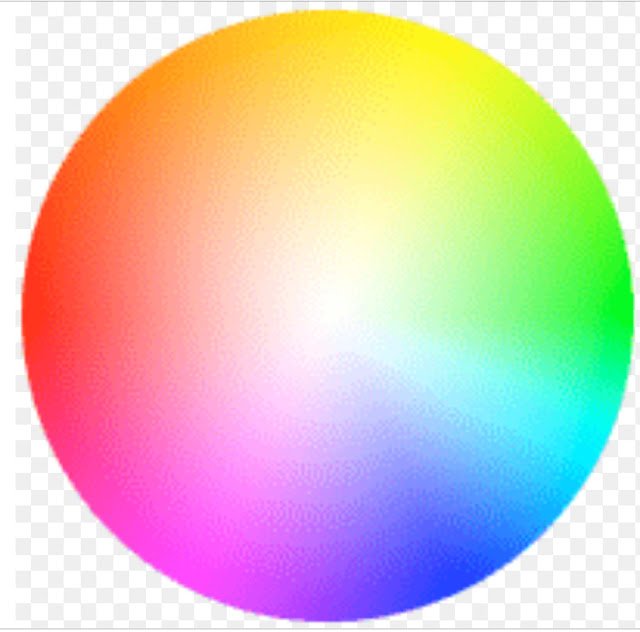This post has been planned for a while but it's only now that I've got…

Colour Keys
When I talk about my choices of colours in paintings, I seem to refer quite often to colour keys, which nobody has ever heard of. Well, nobody’s ever heard of colour keys because they’re my own invention and I’ve never explained what they are. I say I invented them but they’ve always been there, just like gravity and America were always there before Newton and Trump invented them.
Music is written in keys. Compositions written in the same key have something in common that I can’t quite put my finger on but it’s definitely there. And I imagine someone writing a new piece thinks long and hard about what key to write it in before staring to write. I do the same thing when I’m painting.
A painting key is a set of three primaries (red, yellow and blue) that will provide most of the colour in a painting. In choosing my three primaries, the first thing I think about is which of the three secondary colours (green, purple or orange) I want to see most of. This helps me choose my first two primaries: the two closest, non-earthy secondary colours on either side. With the third primary, I have a choice of a warm or cool version – I refer to the resulting colour keys as warm or cool respectively. At times, it may be appropriate for this third colour to be an earth colour. Opaque cobalt, cadmiummy colours don’t belong in the key though – they’re just extra bonuses in the final palette.
This leaves me with six keys:
1. Green warm consists of a cool blue, cool yellow and warm red e.g. Prussian blue, transparent yellow and rose dore (or burnt sienna or light red).
2. Green cool consists of a cool blue, cool yellow and cool red e.g. Prussian blue, transparent yellow and quinacridone magenta.
3. Purple warm consists of a cool red, warm blue and warm yellow e.g. quinacridone magenta, French ultramarine and Indian yellow.
4. Purple cool consists of a cool red, warm blue and cool yellow e.g. quinacridone magenta, French ultramarine and transparent yellow (or raw sienna).
5. Orange warm consists of a warm yellow, warm red and warm blue e.g. Indian yellow, rose dore and French ultramarine.
6. Orange cool consists of a warm yellow, warm red and cool blue e.g. Indian yellow, rose dore and Prussian blue.
And there is my gift to the watercolour community: colour keys. And I’m sure everybody has worked out by now that my favourite keys are green cool and the two purple keys.







Leave a Reply